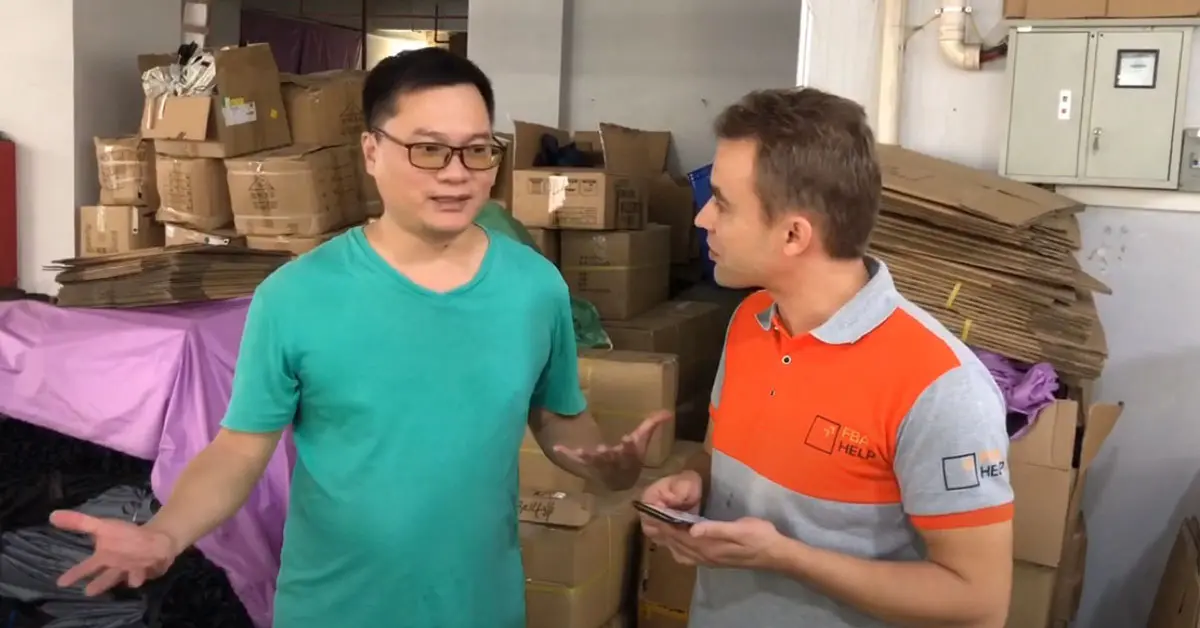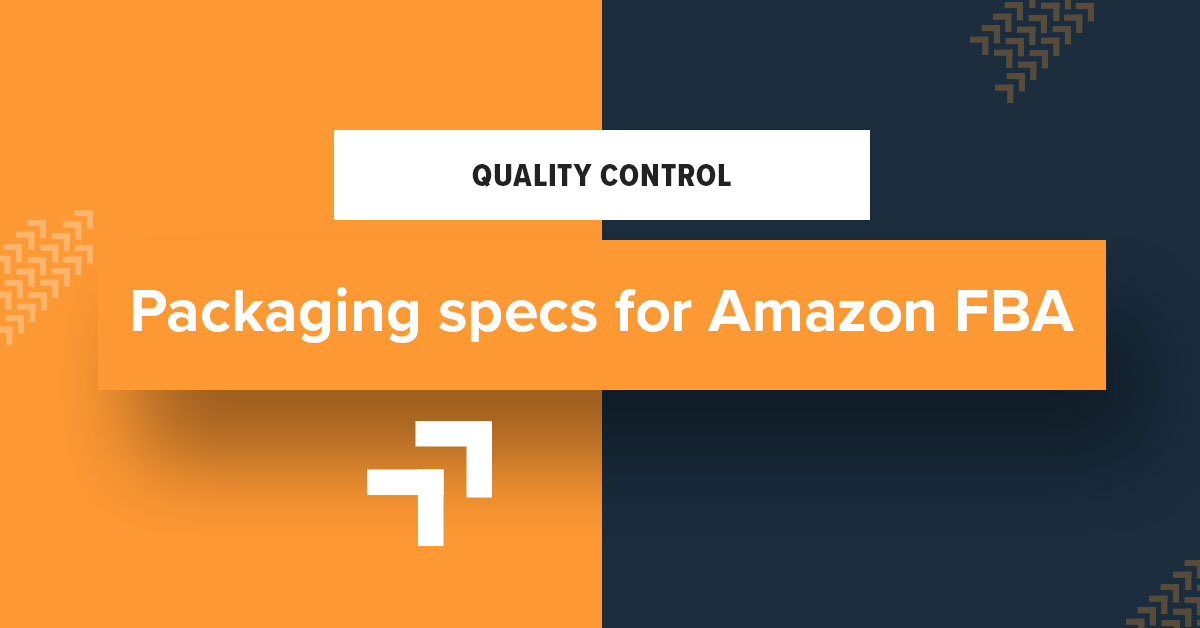Amazon Packaging Requirements for FBA Sellers
Thousands of merchants on Amazon use FBA – it’s Amazon’s state of the art fulfillment network which streamlines the selling process and makes selling a lot easier and more efficient for many sellers.
For a small monthly fee, Amazon can take care of everything, from packing to shipping your orders.
But how does sending your inventory to Amazon’s warehouse work?
The thing is, it isn’t as simple as throwing all your inventory in a box and sending it over to Amazon’s warehouse. In fact, there are specific rules you need to follow before shipping your merchandise in order to get them accepted at the fulfilment center.
1. FBA Product Title
- Product labels must include the exact same product title.
- Use 50 characters maximum as a general rule.
- Capitalize the first letter of each word, but do not use ALL CAPS.
- Use numerals, spell out measurements.
- Symbols/special characters are not allowed.
- Promotional and eye-catchy titles are not allowed.
- Your merchant name for Brand or Manufacturer information should not be included, unless your product is Private Label.
2. Product Barcode
- FBA uses barcodes to identify and track inventory throughout the fulfillment process. Each item you send to an Amazon fulfillment center requires a barcode.
- There are two kinds of barcodes that you can use to identify your products:
- Manufacturer barcodes (eligible barcodes include GCID, UPC, EAN, JAN, or ISBN);
- Amazon barcodes (ASIN or FNSKU).
3. Packaging Requirements
- Each assortment type, such as size or color, shall have a different FNSKU.
- Loose products such as units that would require Amazon to assemble multiple pieces or units that are securely packaged are not accepted.
- For boxed units, it must be 6-sided, it must have openings or a lid that will not easily open on its own and it must not collapse when medium pressure is applied.
- For poly bagged units, the thickness of the bag must be at least 1.5 mm, it must be transparent and it must have a barcode. Also, the poly bag must not protrude more than 3″ past the dimensions of the product.
- Expiration dates must be displayed in the format MM-DD-YYYY or MM-YYYY.
- Marketing materials are not allowed.
- The shipment details listed in your seller account match the physical shipment to the fulfillment center, including: merchant SKU, FNSKU, condition, quantity shipped and packing option.
- Boxes containing multiple standard-size items must not exceed 25″ on any side. A box may exceed the 25″ limit if it contains oversize units that measure longer than 25″
- Boxes must not exceed the standard weight limit of 50 lbs, unless they contain one single oversized item that exceeds 50 lbs.
- Boxes containing jewelry or watches must not exceed 40 lbs.
Important: Carton dimension and weight policies are strictly enforced by Amazon. Sending oversize and overweight cartons to the fulfillment center may lead to blocking of future shipments until you acknowledge and resolve the problem.
4. Containers and Packing Materials
The following are approved standard boxes:
Regular slotted carton (RSC);
B flute;
ECT-32 (edge crush test);
200BH (burst strength).
Approved packing materials include:
Foam sheets or cushioning;
Air pillows;
Bubble wrap;
Full sheets of paper (heavy-weight kraft paper is best).
Why Packaging Matters?
- Amazon returns shipments that fail to comply with their requirements.
- Poor packaging can bring you negative ratings.
- Amazon can dispose of your inventory.
- Amazon may block future shipments to the fulfillment center.
- Improperly labelled products may be marked as unsellable.
- You may also be subject to noncompliance fees.
Sources: Amazon, GlobalfromAsia.com
More topics on Quality Control Inspection services

Supplier audit in China
The importance of a supplier audit in China Supplier audit in China is the best way to assess capabilities of a manufacturer before placing an order. When self-searching for suppliers in China on Alibaba, 1688, etc., you can only rely on the information, stated in the...

Quality control inspection in China for Ecommerce
Quality control in China: organisation details Quality control inspection is the best possible way to make sure that the quality of your product meets your expectations. The goal is to find defects and avoid their recurrence in future orders. Pre-shipment inspection...

Japanese quality at a Chinese factory: how to achieve it?
How can Japanese problem solving concept benefit your private-label brand? Once upon a time there lived a man, whose name was Fujio Cho and who had one peculiar habit. He was the head of an enterprise, but in the mornings he could usually be found at the shop floor,...

Furniture quality control in China
Checklist for furniture quality control inspection in China Furniture items must meet the highest standards in terms of build quality and aesthetics due to everyday use. Being afraid to “lose Face”, Chinese suppliers tend not to notify the client about problems or...

Quality control for Amazon sellers: Direct communication with the inspector
Quality control LIVE: Interact with a professional inspector, don’t read a boring report We perform all Quality Control inspections for Amazon sellers in LIVE mode, enabling direct communication between the client and the inspector. What problems do most Amazon...


